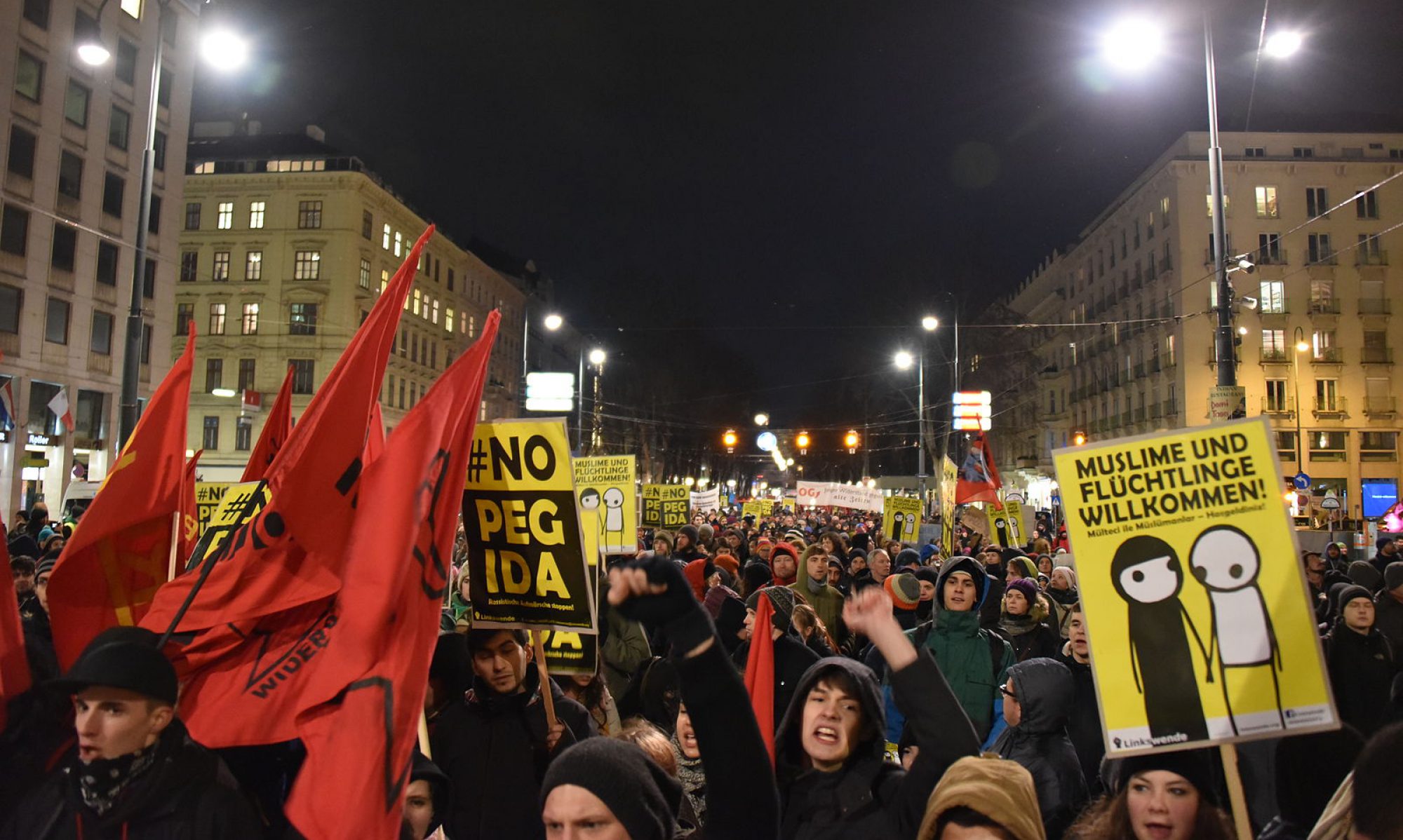By Kaileigh La Belle
Ruth Glynn’s “Writing the Terrorist Self: The Unspeakable Alterity of Italy’s Female Perpetrators” applies the concept of “Women-as-other” to narratives of violence committed by female perpetrators. For Glynn, these women used recognized socio-cultural discourses to navigate both victimhood and guilt in ways unique from their male peers. While Glynn focuses on how these discourses enabled women to publically express their role in political violence, I found myself wondering if the use of established socio-cultural gender discourses lends itself to the erasure of women from our popular memory of violent politics. As Glynn highlights, many of these representations present women as “token terrorists” or “unnatural killers”, and thus as somewhat enigmatic. Meanwhile, Chrisafris also writes about women’s connection to extreme politics. Chrisafris points to numerous examples of far-right female politicians attempting to legitimize their positions in these misogynistic movements by presenting themselves as “tough-skined warriors”, taking on traditionally masculinized traits. Additionally, Chrisafris points to several examples far-right women presenting themselves as protectors of women who were “pushed” to join movements because inadequacies in the current system. As such, it became apparent to me that this continuation of gendered discourses allowed women to situate themselves in these movements, both as “natural” and “unnatural” political figures. As such, the use of established socio-cultural discourses on gender present both victimhood (particularly associating femininity with vulnerability) and guilt (by presenting women as masculinized warriors), distancing femininity from blame for these actions. Furthermore, I feel that it becomes easier to erase women perpetrators from our popular memory of extreme political violence as the naunce it requires questions the gender binary, which prefers to associate masculinity with violence and femininity with vulnerability. Overall, Glynn’s use of the “women-as-other” concept was quite thought-provoking for me as it can simultaneously be used by perpetrators to situate themselves in popular memory but also encourage us to exclude women from popular memory of these events.
